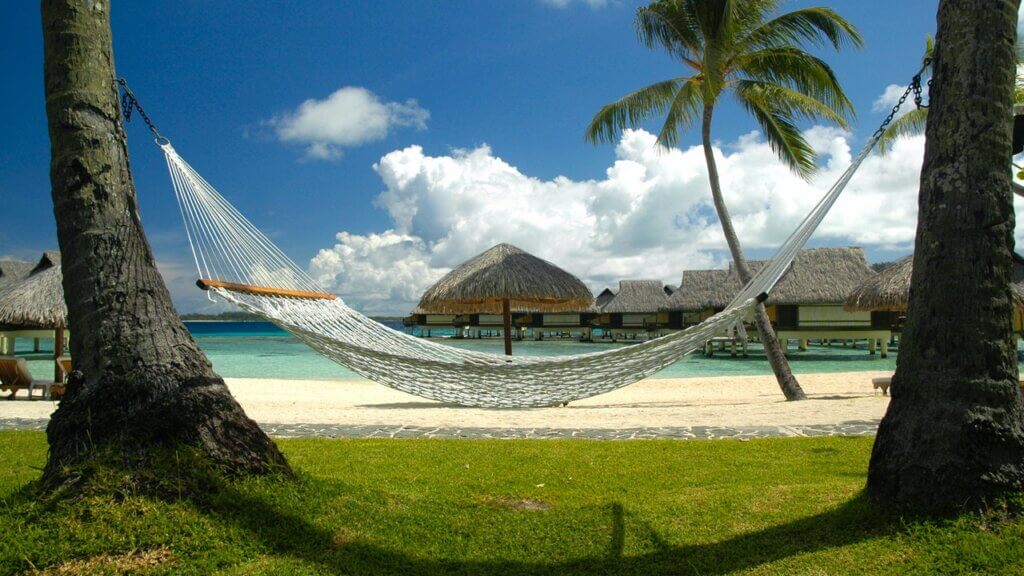
Slow travel is the “new” face of what many have come to know as sustainable travel, and it’s centered around mitigating some of the social and environmental costs that come with traditional (fast) travel.
NB: This is an article from GuestRevu
The trend was gaining traction pre-pandemic, but following what has been a stressful year-and-a-bit that included having the joys of travel snatched from our lives, many travellers have had time to reflect upon the impact of mainstream travel, and consider what they are truly hoping to achieve with their travels. It’s become clear that more guests are looking for something beyond a place to lay their heads and take share-worthy pictures, and are now looking to slow travel to satisfy their wanderlust.
Subscribe to our weekly newsletter and stay up to date
Hotels, tour operators, and even restaurateurs of all varieties can and should be poised to provide the new wave of slow travellers with the experiences they are longing for. Besides the heads in beds, attracting slow travellers to your property has other benefits for accommodation providers (not to mention aligning nicely with the WTO’s sustainable development goals as well).
.jpg?width=503&name=local-travel-group-of-young-people-studying-map-on-NB4YELT%20(1).jpg)
What is slow travel?
Slow travel challenges the routine of having hectic travel schedules where guests rush from place to place to visit as many attractions as humanly possible, queueing up with a herd of other tourists to take some photos, and, with just that glimpse of the local scenery, packing up and heading off to the next destination on their list.
Not many of those travellers can say they had enough time to fully take in the experience of the community or environment they visited. They are so focused on the next destination, or next bucket list item, or on making good time, that they neglect the present moment, and that experience often leaves them needing a vacation to rest from the vacation they rushed through.
Slow travel allows guests to spend more time immersing themselves in the destination they visit, for more fulfilling travel experiences within the community. Slow travel doesn’t necessarily mean longer holidays (although some people do choose this option) but is rather about the intentional, conscious and conscientious experience of a place and its culture.
Slow travel enriches your guests’ connection with themselves within the local community, its customs, foods and music. It is centred around high-value travel experiences that are relaxing, educational and have an emotional impact on guests, without offering a highly tourist-oriented experience, which tends to be taxing on guests and the environment.
Why do guests travel slowly?
If you’re going to attract slow travellers, and reap the many rewards of having these types of guests at your property, you need to understand what motivates guests to travel more slowly.
According to an article in the Journal of Travel Research, slow travellers are motivated by “relaxation, self-reflection, escape, novelty-seeking, engagement, and discovery.” The quarantines and restrictions that came with the pandemic partially prevented people from fulfilling these emotional and psychological urges, so it makes sense that, now that most of them are free to go where they please, they are going to go where these needs are met.
The research also points to slow travellers being so satisfied with the expectations of their travels being exceeded, possibly better than what they would have normally gone for in a fast travel experience, that they are more likely to come back and even recommend the destinations that cater to their social needs.
Although guests don’t seem to choose slow travel for any particular reason (or even consciously at all, in many cases) specific benefits include:




